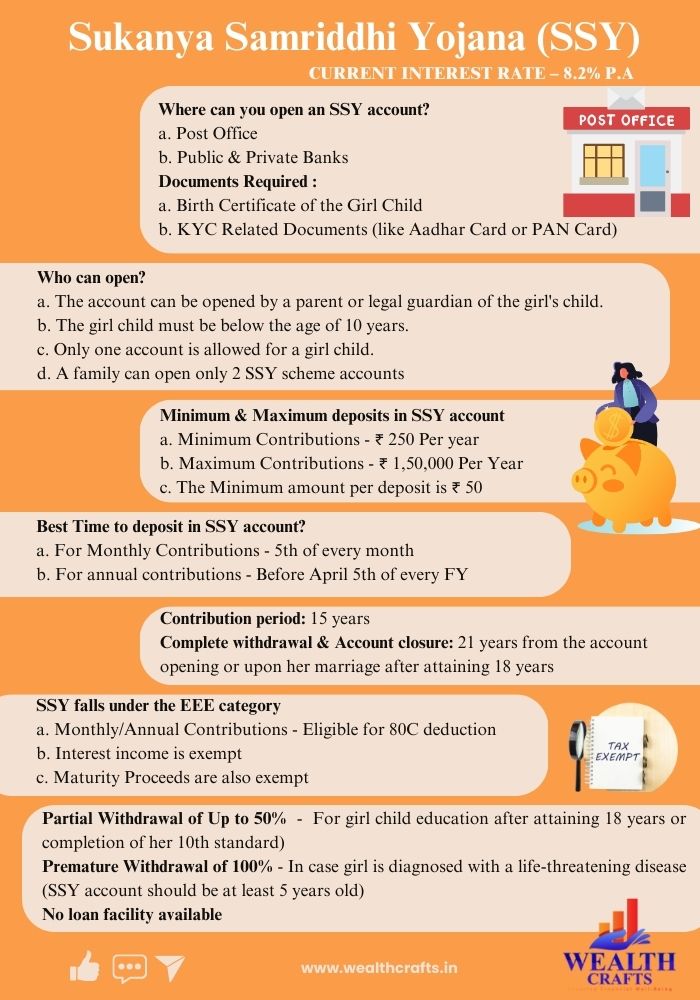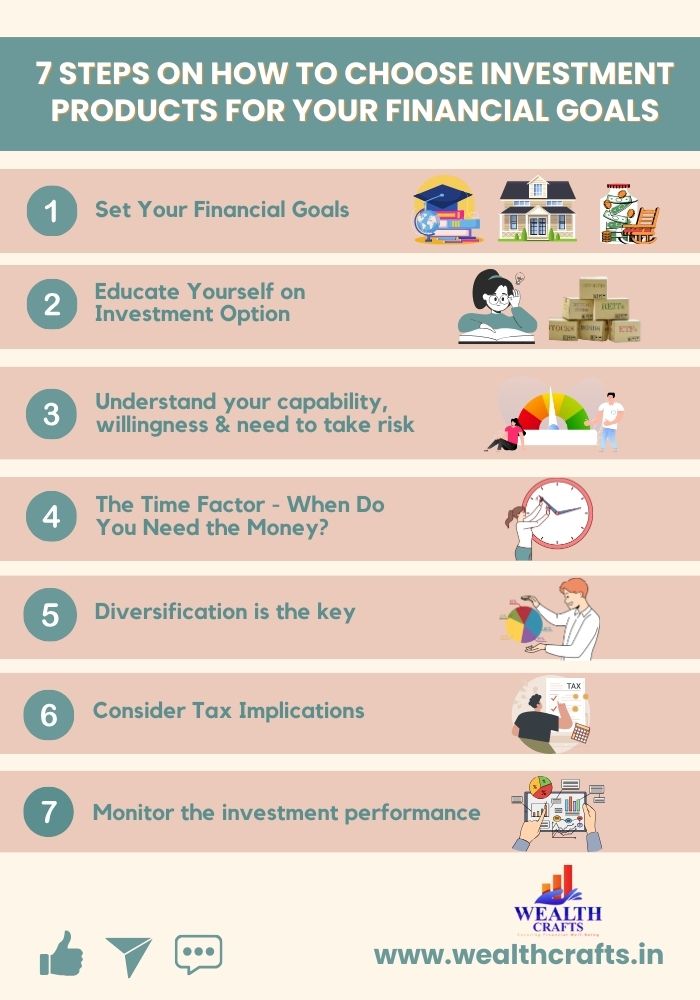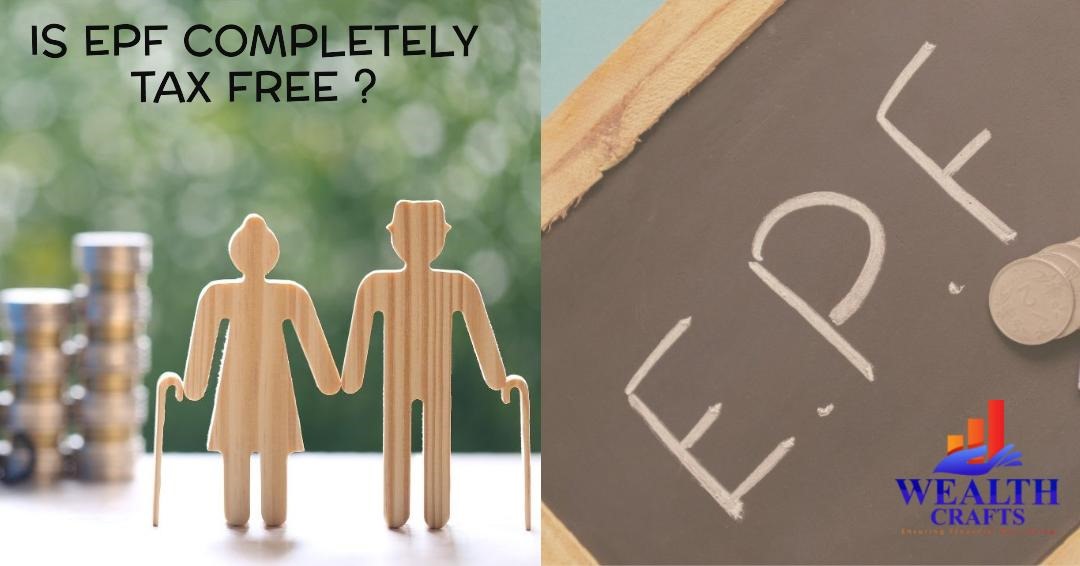Retirement planning is the process of allocating savings and investments to generate income during retirement. It involves determining goals, objectives, actions and decisions and designing a strategy to achieve them.
Financial Independence, not having to depend on the government, employers or loved ones, during retired life is the main objective of financial planning. Gone are the days of defined benefits, where employers committed to providing pensions. Each individual should aspire and plan to create resources for their retirement income all on their own.
Retirement planning involves two phases, which are, accumulation phase and distribution phase. Planning for retirement spans many decades, where one needs to continuously monitor dynamic factors like impact of change in risk preferences, taxes, inflation, change in income, political and socio-economic changes. If left unattended, these can have irreversible damages to one’s retirement portfolio.
Accumulation Phase
Retirement planning starts long before you retire. The right time to start planning for your retirement is with your first pay check. Young adults fail to realize the importance of time, the early you start the higher the level of risk you can withstand and lower the amount of money needed to fund your retirement expense. So if how to build a retirement corpus is your dilemma, the answer lies in simple disciplined investing for long periods of time and can boost your portfolio and grant you a happy retirement. The below scenario illustrates the impact of delay for every 5 years if you wish to accumulate a corpus of ₹ 10 cr.
| Start at Age | Monthly investment required |
| 25 | ₹ 29,189 |
| 30 | ₹ 48,093 |
| 35 | ₹ 80,440 |
| 40 | ₹ 1,38,124 |
For every 5 year delay, the required monthly investment increases by more than 50%.
It is important to starting asking the right questions before your embark on accumulating funds for your retirement. Some of them could be;
- When will I require?
- For how long?
- What would be my expenses?
- How much do I owe?
- Where would I live?
- What are my priorities/preferences?
It is also important to understand characteristics of different investment instruments, your risk tolerance and other investment goals. A key component of retirement planning is protecting your assets. Medical expenses increase as you age and it is very important to accommodate for unexpected expenses in addition to being adequately insured.
Distribution Phase
We long for a comfortable retirement, travel around the world and have memorable moments with our loved ones. All this requires funds. Every retiree faces the dilemma of determining which asset he should withdraw from to meet his day to day needs.
Creating regular cash flows during retirement is of significant importance. There are twin challenges of protecting the corpus as well as growing it to meet inflation. The biggest fear is of not having sufficient reserves to meet your cash flows. Being financially dependent on your loved ones causes lot of financial and emotional strain.
The best investment strategy for retirement can be built by a combination of fixed income and equity instruments. It is important to structure your investment in different buckets; for emergencies, for day to expenses, seven year bucket for expenses within seven years and long term buckets. One needs to identify different instruments for each bucket and deploy funds accordingly. In conjunction with identifying the instruments, it should be optimized for taxes. The Tax efficient withdrawal strategies can significantly increase the shelf life of your retirement corpus. One has to minimize costly capital gains taxes by utilizing deferment on taxes on interest income.
Expense management plays a crucial role for individuals who have a moderate portfolio size. By optimizing expenses and taxes, one can reap the benefits of elongating to life of your retirement corpus. The below scenario shows the incremental life that can be added to your retirement corpus of ₹ 1 cr by adjusting your monthly expenses;
| Monthly Expenses | No of Months the corpus will last | No of Years |
| ₹ 1,50,000 | 76.96 | 6.41 |
| ₹ 1,00,000 | 126.20 | 10.52 |
| ₹ 50,000 | 383.44 | 31.95 |
Estate planning and will creation are often ignored and can severe distress to the individual themselves and to their families. It is important to illustrate clearly who is responsible to manage your assets in case of medical emergencies and how the assets you have accumulated needs to be distributed among your loved ones. It is essential that you carve out a plan to ensure that there is no trouble to your loved ones.
At Wealth Crafts, fee only financial planner in India, we are committed to design the best retirement portfolio for your unique circumstances. Connect with us for a non-obligatory introduction call.




